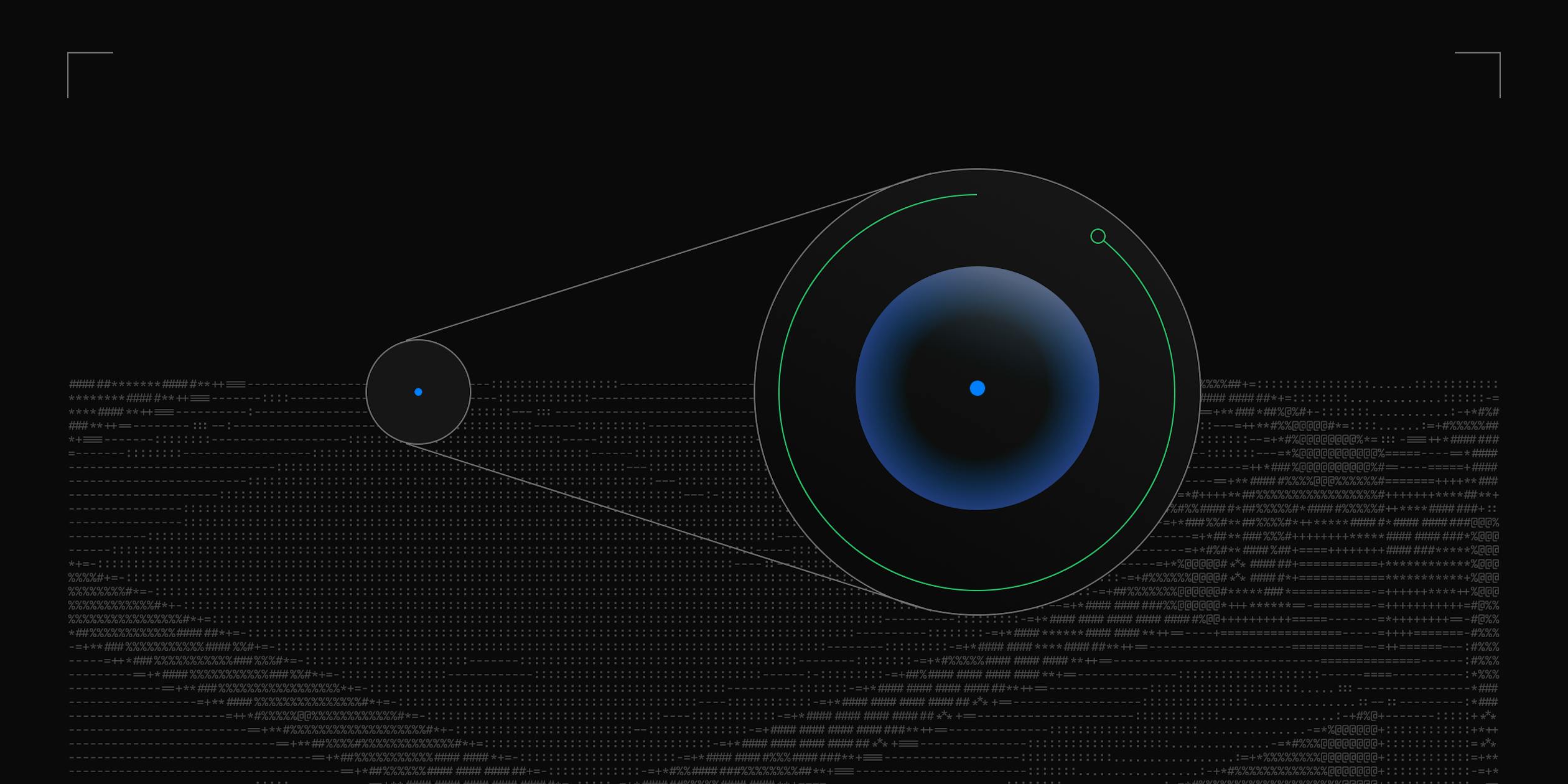Throughout my career, I've learned that the environment we code in is as crucial as the tools we use. My motivation has always been to remove the fatigue from software development. I've seen first-hand how a well-designed development environment can reduce fatigue, supercharge a team's productivity, improve collaboration, and streamline workflows.
That's why I am passionate about the concept of Standardized Development Environments (SDEs) and their potential to revolutionize the way we develop software.
What are Standardized Development Environments?
An SDE is essentially a consistent, replicable, and controlled coding environment. Imagine having all the tools you need, configured just the way you like, and accessible anywhere, anytime. That's the magic of an SDE!
Platforms such as Daytona are harnessing the power of containers, standards, and infrastructure-as-code to ensure uniformity and consistency across your team's development environments.
Regardless of location or device, your team can access a consistent and reliable coding setup, all thanks to the magic of cloud technology. With an SDE, developers can focus on what truly matters - creating high-quality code.
The Benefits of SDEs
1. Increased Productivity and Efficiency
By automating the setup and maintenance of development environments, SDEs free up developers' time and mental energy. They no longer have to worry about tedious configuration tasks or troubleshooting compatibility issues. Instead, developers can dive straight into coding, increasing productivity and delivering high-quality code faster.
2. Enhanced Collaboration and Communication
SDEs create a standardized and uniform development process across the entire team or organization. This consistency allows developers to easily share code, collaborate seamlessly, and reduce errors. With everyone working in the same environment, communication and collaboration become smoother, fostering a sense of unity and teamwork.
3. Improved Onboarding Experience
Onboarding new developers can be a time-consuming and challenging process. However, with SDEs, the onboarding experience becomes more streamlined and efficient. New team members can quickly get up to speed by accessing a standardized environment that provides all the necessary tools and configurations. This reduces the learning curve and enables them to contribute effectively from day one.
4. Flexibility and Personalization
While SDEs provide a standardized foundation, they also empower individual developers with control over their personal development environment. Developers can personalize their setup, choose tooling preferences, and install the necessary dependencies to work efficiently. This flexibility allows developers to tailor their environment to their specific needs, fostering a sense of ownership and empowerment.
5. Enhanced Security and Flexibility
Self-hosted SDEs give you complete control over your development environment by allowing you to host it on your own infrastructure. This option is particularly attractive for organizations with stringent security requirements or those preferring to keep their development environments in-house. With self-hosted SDEs, you can customize security measures, tailor the environment to your specific needs, and ensure compliance with internal policies and regulations.
For organizations dealing with highly sensitive data or operating in secure environments, air-gapped SDEs provide an additional layer of security. Air-gapped SDEs are completely disconnected from external networks, reducing the risk of unauthorized access or data breaches. This setup is ideal for government, defense, or finance industries, where data protection and isolation are paramount.
The Journey to SDEs: Overcoming Challenges and Embracing Change
Transitioning to SDEs may seem daunting, but the benefits far outweigh the challenges. Here are a few key considerations to ensure a smooth and successful adoption:
1. Assess Your Team's Needs
Understand your team's current pain points and challenges. Identify areas where standardization and automation can bring the most significant impact. Assess the size of your team, the complexity of your projects, and the existing workflows to determine the scope and scale of the transition.
2. Select the Right Tools and Technologies
Choose the tools and technologies that align with your team's goals and requirements. Look for solutions that offer seamless integration, scalability, and robust features for automating environment setup and maintenance. Evaluate different options and seek feedback from your team to ensure a good fit.
3. Plan and Communicate
Develop a clear transition plan that outlines the steps, timelines, and milestones for adopting SDEs. Communicate the benefits and goals of the transition to your team, addressing any concerns or resistance. Involve your team in the decision-making process, ensuring that everyone understands the value and impact of SDEs on their work.
4. Provide Training and Support
Invest in training and support for your team to ensure a smooth transition. Offer hands-on workshops, documentation, and resources to help developers familiarize themselves with the new environment. Provide ongoing support and encourage knowledge sharing within the team to promote a culture of learning and growth.
5. Iterate and Improve
Transitioning to SDEs is an iterative process. Continuously gather feedback from your team and adapt your approach as needed. Stay open to suggestions and improvements, and be responsive to the evolving needs of your developers. By embracing a culture of continuous improvement, you can ensure that your SDEs evolve and optimize over time.
Embrace the Power of Standardized Development Environments
Adopting a Standardized Development Environment is a significant decision that can modernize your development workflows and boost your team's productivity. However, as with any major shift, weighing the pros and cons, considering your team's needs, and planning your migration carefully is crucial. The end goal is to enhance your team's efficiency, not disrupt it.
Still, with careful planning, effective communication, and a commitment to continuous improvement, your team can reap the benefits and embrace a more streamlined and effective development process.
Embrace change, but do it wisely. Your development environment is your playground. Make it a space that empowers your team to create, innovate, and push boundaries.
At Daytona, we are committed to empowering software development teams through our comprehensive Dev Environment Orchestration & Management platform. We believe that by embracing SDEs, teams can deliver high-quality products faster and with less effort. Join us on this exciting journey, and let's unlock the power of efficiency and collaboration together.



